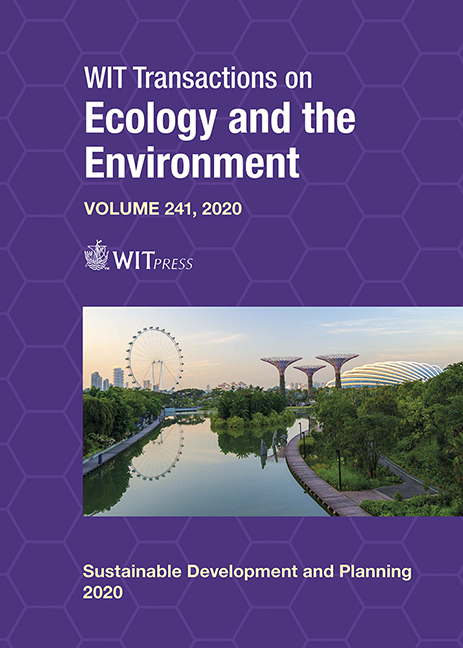TOURISM INFRASTRUCTURE, HEALTH AND ENVIRONMENT FOR THE ISLAND OF CRETE
Price
Free (open access)
Transaction
Volume
241
Pages
12
Page Range
3 - 14
Published
2020
Paper DOI
10.2495/SDP200011
Copyright
WIT Press
Author(s)
GEORGE MAVRIDOGLOU, THEODORA GIANTSI, BASIL TSELENTIS, KONSTANTINOS ANAGNOSTELOS, DIMITRIS PROKOPIOU
Abstract
The concept of carrying capacity in tourism is rooted in the notion of sustainable development. Alternative tourism is a new trend for the structure of the tourism product. Health tourism is related to high-quality services to tourist patients. In this study, we have used environmental and tourism indexes to estimate the impact of tourism to address the structure of the tourism business. We examine the potential opportunities for health tourism as we analyze the port management and development of the island. Crete is the largest island in Greece and concentrates more than 5 million tourists per year. It covers an area of 8,303 km2 and has 170 km of beaches. There are approximately 630,000 inhabitants in Crete. Tourism supply in Crete includes more than 270,000 beds. The Cretan environment, both natural and manmade, can sustain a polymorphic tourism product for the island. The physical and human environment includes an extended coastline with many sandy beaches, picturesque cities, and traditional villages, unique mountains, wetlands, and lakes.
Keywords
carrying capacity in tourism, coastal zones, and tourism, alternative tourism, health tourism, port management





